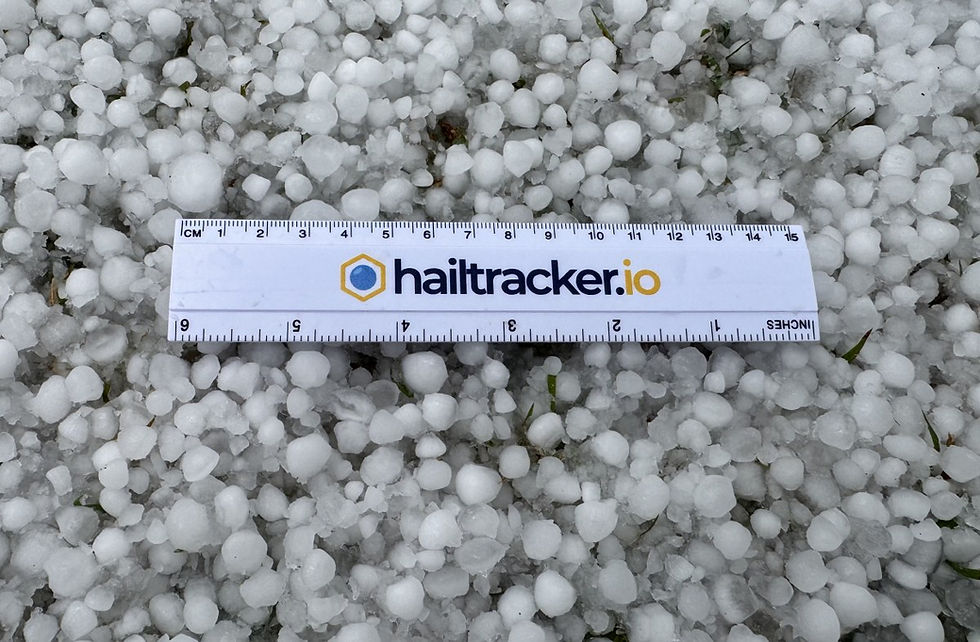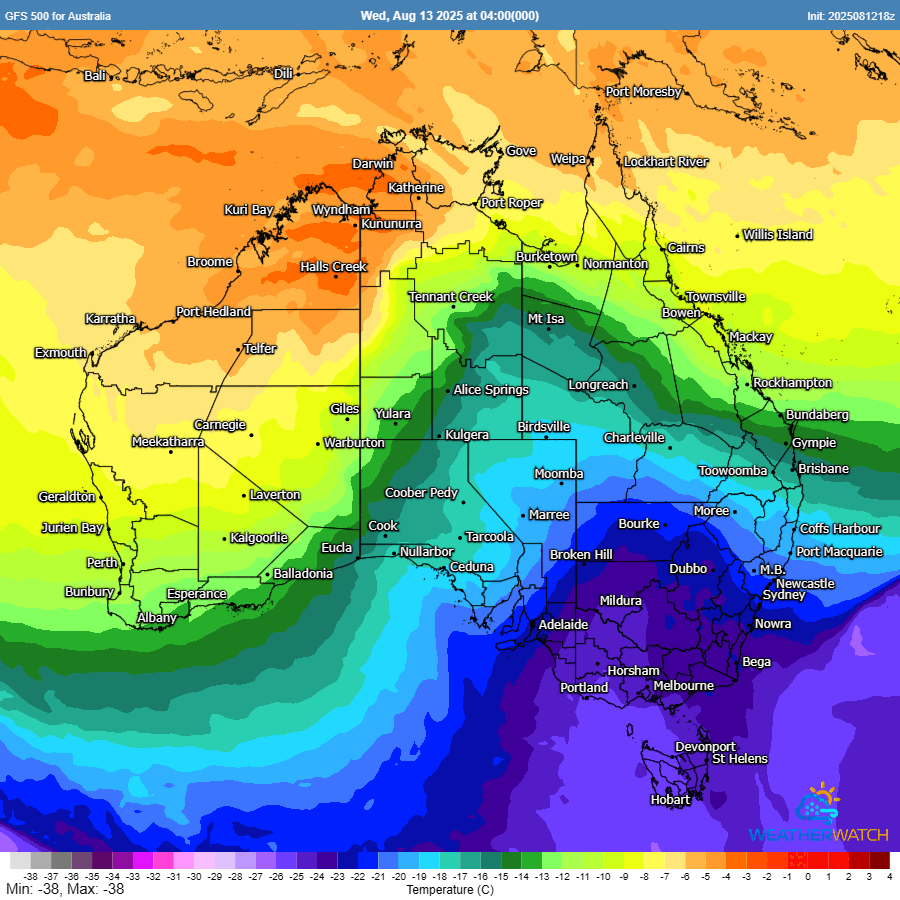Cracking the Climate Code: How Australia’s Weather Cycles Shape Hail Risk
- Weatherwatch
- 4 hours ago
- 4 min read
Published: September 3, 2025
Hailstorms: The Fastest Billion-Dollar Disaster
Hailstorms are among Australia’s costliest natural hazards, accounting for more than 20% of national insurance losses. Some of the nation’s most expensive disasters including Sydney’s 1999 hailstorm unfolded in just a matter of hours.

Yet despite this destructive record, our understanding of long-term hail trends has remained limited.
At Weatherwatch, we’ve been examining whether Australia’s major climate drivers - ENSO, SAM, IOD and the MJO influence hail frequency. Our findings show clear links, though the impacts differ by region. These insights are now helping insurers, farmers and disaster management agencies refine how they assess and prepare for seasonal hail risk.

How Climate Drivers Shape Hail Risk
Using our HailTracker.io climate database, which maps hailstorms across Australia back to the 1990s, we compared hail frequency against major climate oscillations. The results reveal fascinating regional patterns:
El Niño vs La Niña: In Brisbane, the chance of large hail is around 1.5 to 2 times higher in El Niño years compared to La Niña. Agricultural regions like the Darling Downs also light up as hail hotspots during El Niño phases.
Seasonal shifts: Timing matters. In early spring (Sept–Oct), La Niña years dominate with higher hail frequency, while El Niño years are relatively quiet. But by late spring (Nov–Dec), the pattern flips — hail frequency surges in El Niño years.
Monsoon influence (MJO): When the tropical monsoon is active, hail frequency in Brisbane is nearly halved. This is likely because moist cloud bands drift south from the tropics, producing rain and showers rather than the instability needed for large hail.
Sydney, by contrast, sometimes sees more hail when the monsoon is active, as those cloud bands feed additional moisture into the basin.
Cold fronts (SAM): In Southeast Queensland and Brisbane, active cold fronts act as triggers, producing more hailstorms by carrying through troughs that destabilise the atmosphere and the chance of hail is nearly double compared to when cold fronts are in active.
But in Sydney, the opposite occurs and active cold fronts sweep moisture northward, leaving conditions too dry for hail. When fronts are weaker or inactive, trough systems linger closer to Sydney, allowing storms to fire.
Geographic quirks: ENSO impacts are strong in Southeast QLD but fade over central Queensland (Gladstone/Mackay). Sydney shows another twist: while hail is generally more frequent in El Niño years, the Sydney western suburbs tends to see more hail in La Niña years, suggesting that storm tracks shift depending on the phase.
These findings highlight how hail risk is not uniform and shifts by region, by season, and even by the behaviour of broader climate drivers.

The Science Behind the Signals
The good news is that these correlations help affirm some of the theories that we've long held around the impacts of hail and severe thunderstorm frequency:
Moisture balance matters. In Brisbane and Northeast NSW, humidity is often already high. Add extra moisture through La Niña, positive SAM, or an active monsoon, and instead of fuelling hailstorms, the balance tips towards rain and showers.

Dry phases can enhance storms. El Niño phases reduce cloud cover and dry out the upper atmosphere, creating ideal conditions for severe thunderstorms and hail — particularly later in the season when westerly winds ease and humid northeasterlies return. It's also possible that the higher temperatures often experienced in El Niño years drives stronger seabreeze front interaction with thunderstorms which is a unique topographical influence along the east Australian coastline that's well documented to support severe storm and supercell development.
Sydney’s sweet spot. Sydney usually sits on the drier side compared to Brisbane. So a boost in moisture during positive SAM phases or active monsoon periods can actually increase the likelihood of hail-producing storms across the metro basin.
This mix of heat, moisture, and upper-air conditions explains why the same climate driver can amplify hail risk in one city and suppress it in another.
Implications for the Insurance Industry
For the insurance industry, understanding when hail is most likely to strike is more than a scientific curiosity - it’s about claims and customer care.
If you know that an El Niño year pushes hail later into the season, you can anticipate a surge of late-spring claims. If La Niña increases hailstorms in the western suburbs, portfolios with heavy exposure there may require closer attention.

By integrating climate signals into risk modelling, insurers can better prepare for seasonal losses, sharpen pricing, and manage claim fatigue across their teams.
This is why many insurers now rely on Weatherwatch's HailTracker.io platform - not just for real-time storm tracking and claims validation, but also for hail climatology insights that explain the bigger picture.
Beyond Insurance: Risks to Infrastructure and Energy
While insurers are at the front line of hail claims, they’re not the only ones who benefit. Solar farms and renewable energy assets face huge exposure to hail. Knowing when seasonal risk is rising means operators can plan maintenance, optimise asset protection, and use hail alerts to safeguard investments before the first stone of ice falls.
Future Outlook
HailTracker.io has evolved from a forecasting and alerting tool into a comprehensive climatological database - and we’re continuing to expand it with new datasets in the months and years ahead. By linking hail frequency to global climate drivers, we’re hoping to contribute towards the goal of making seasonal hail and thunderstorm outlooks to become as familiar as seasonal tropical cyclone, rainfall and temperature forecasts.

Learn more
Hailtracker.io is already the trusted source for the insurance industry to validate claims, detect fraud, and assess risk at the address level. Now, with our hail climatology research, we’re helping the industry step into the future of climate-informed risk management.
If you're interested to know more, or would like to partner with us to expand our understanding of storms please reach out for a chat.
Weatherwatch - Your Trusted Partner in Weather Intelligence












































